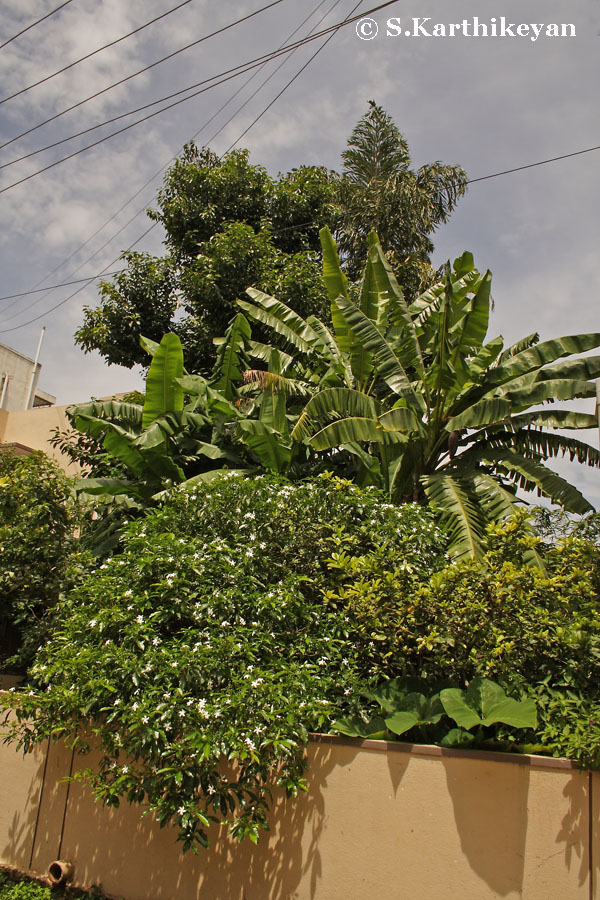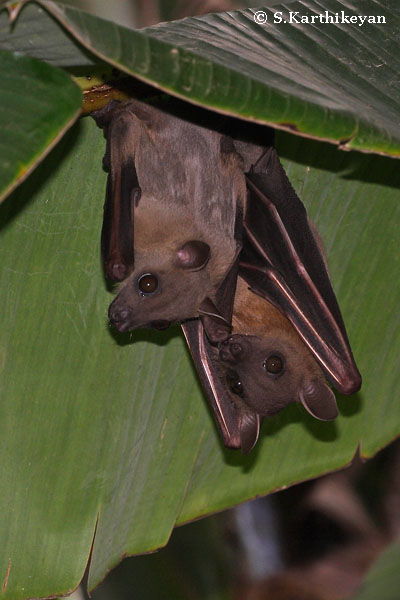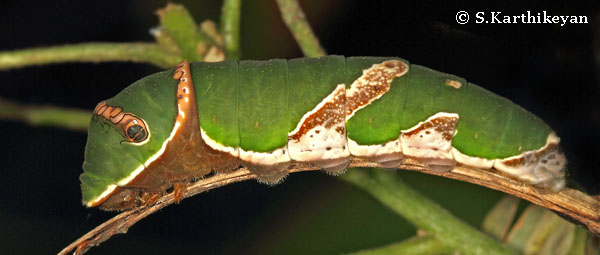I had mentioned in the previous post titled The Mast Tree and the Tailed Jay that there are other characters in this story. I cannot introduce them to you without going back in time. So here it goes.
The banana plants owe their advent and existence in our garden to my dad. He, with great enthusiasm, brought a banana plant from our village. In quick succession, another visit to the village saw another small banana plant coming into our garden. They were showered with great care and attention. All this did not go in vain. The plants responded well. They grew tall quickly, and their leafy crown looked grand. All this effort was, of course, with selfish motives. All of us, day after day, looked towards the garden hoping to see a red inflorescence taking shape. The wait had just begun.
Perhaps an entire year had passed. We saw the banana plants through the summer, monsoon and winter. But there was no luck. One day, I was just exploring the garden. To my surprise, I saw a new shoot raising its head from the ground. I was overjoyed to see our family of banana plants grow in number. Gradually, we had a small cluster of five or so banana plants, all of varying heights. Together, they had created a different level to the garden which otherwise consisted of only shrubs.
One evening, I was sitting on the terrace of our home trying to soak in the sunset which was all set to become rarer due to the rapidly changing skyscape of the city. The sun went down and I was enjoying the changing hues of the sky. All traces of sunlight disappeared and the streetlights came on. This is when I saw a small bat flying around. It flew in and out of the garden and would also venture farther afield. I had seen the Indian Flying Fox fly past on several occasions but had never seen this little fellow. A series of questions passed my mind. What species of bat was it? Where does it roost? What does it feed on? Does this species, like many bats, also roost in colonies?
The following morning even before it got bright, I was up on the terrace hoping to catch a glimpse of the bat and perhaps find out where it roosts. I was in luck. Hanging beneath a banana leaf was a furry mass – it indeed was the bat! I was very excited and I got my parents to come out and have a look at it.
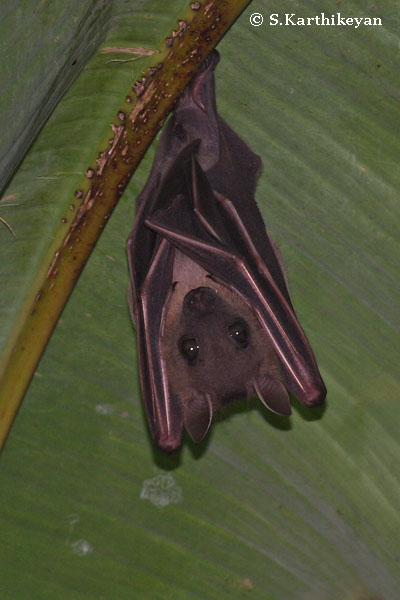 It so turned out that it was a Shortnosed Fruit Bat Cynopterus sphinx. And, as the name suggests it eats fruits and does not roost in large colonies. It normally roosts under leaves like the one in my garden or at times under the eaves of houses and old buildings.
It so turned out that it was a Shortnosed Fruit Bat Cynopterus sphinx. And, as the name suggests it eats fruits and does not roost in large colonies. It normally roosts under leaves like the one in my garden or at times under the eaves of houses and old buildings.
Over the years the banana plants have put forth several suckers and we have a cluster of them today. This, in spite of having removed several on request from neighbours for religious purposes, those that got stolen and the ones that decided to call it a day and fell down due to strong winds.
Notwithstanding the number of plants, we have had these bats in our garden regularly and a search invariably yields at least one, sometimes more. The maximum that I have seen at any instance has been six individuals. I have also been lucky to see adult bats roosting while embracing a baby with their membranous wings.
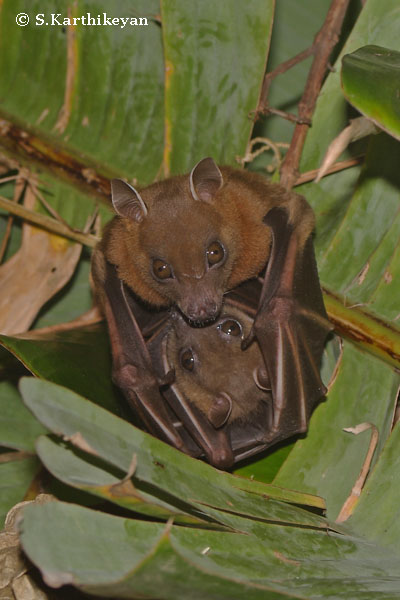 The Shortnosed Fruit Bats, like all other bats, are nocturnal in habit. This being the case, bats as a group are poorly understood. There are also several myths that revolve around them. However, the fact remains that this is a successful group constituting 25% of all mammals on Earth! India alone has about a 100 species with Bangalore having its fair share.
The Shortnosed Fruit Bats, like all other bats, are nocturnal in habit. This being the case, bats as a group are poorly understood. There are also several myths that revolve around them. However, the fact remains that this is a successful group constituting 25% of all mammals on Earth! India alone has about a 100 species with Bangalore having its fair share.
The presence of bats has also led to other interactions involving the omnipresent crow. The Jungle Crow, in particular, seems to have an uncanny knack of locating the bats roosting under the leaves and harassing them. The squeaky nasal call of the bat, reminiscent of rats, has drawn my attention each time the crows were up to mischief. Time went by and the banana plants started bearing flowers one by one. It was wonderful to watch the bats (during night) and squirrels and bees (during day) visit on the banana flowers as and when they were exposed by the falling of the red leathery spathes. Eventually, the flowers were replaced by fruits. When we were hoping that we would be able to feast on them, we realised that these were unsuitable for human consumption. For me, this came as good news – the fruits would be on the plants for the bats and squirrels! Now, when we see a flower or fruits developing on the banana plant, we completely ignore it and take delight in the fact that bats, squirrels and birds are having a good time.
These bats over the years have sprung surprises time and again. This is largely by way of adding to the plants that now grow in our garden. Several plants that we never planted have now taken root and have established themselves. The curry leaf plant is perhaps one of them. My mother would go to great lengths to grow one of these. But now, we have so many saplings – all growing on their own. There was one cluster of these just below a leaf under which the bats roosted frequently! The bats must have fed on the fruits of the curry leaf plant elsewhere and dropped the seeds in our garden.
Perhaps a year or so ago, I had noticed a Mast Tree Polyalthia sp. which had taken root in the garden. Now it stands about 2 feet tall. It looks like the bats are planting their own garden! In the process, they are also helping other wildlife come in to the garden. I had written about one such instance in my previous post.
The banana plant was one of the key additions to the garden. It provided a roosting place for the Shortnosed Fruit Bats. We just let them be, and they in turn enriched my garden by planting species which included the curry leaf plant and the Mast tree. The curry leaf plant has always played host to larvae of the Common Mormon and now the Mast tree is supporting the Tailed Jay.
We can see how each of these characters fit into the larger drama of life that is enacted constantly all around us. It only requires us to see, observe, understand and appreciate all that happens right in the midst of urban chaos.
